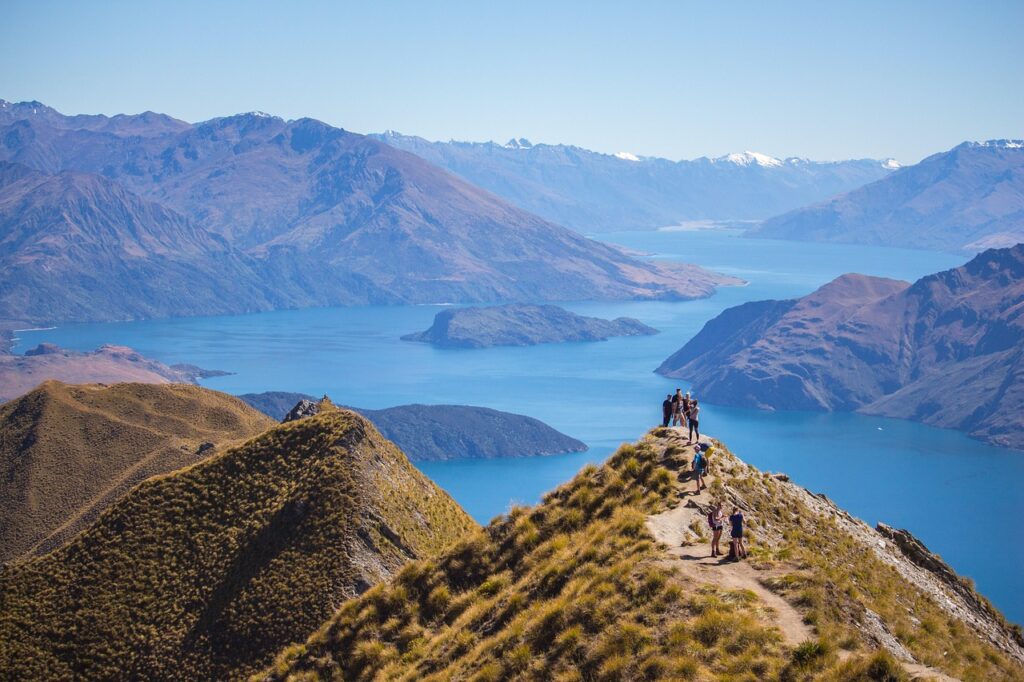Climate Change Redefining Iconic Trails
What used to be predictable backcountry has become a moving target. Mountain snowlines are climbing higher every year. Trails that once offered solid footing through spring and summer are now blocked by late snowmelt or washed out by sudden, unseasonal storms. In places like Glacier National Park, entire routes are being re evaluated or rerouted due to increased rockfall and unstable footing from thawing permafrost.
Glacial melt isn’t just a photo op it’s a hazard. As rivers surge and retreat in erratic patterns, bridges go out, crossings get deeper, and flash floods are more frequent. That means less margin for error. Hikers now face terrain that’s constantly shifting, even on well worn paths.
More than ever, trip planning requires up to date intel, not just old guidebooks. Whether you’re out for a weekend or a thru hike, conditions are no longer guaranteed. Mountains don’t care about your itinerary.
For a deeper look, check out How climate change is impacting popular hiking destinations.
Wildfire Season Is Now All Year
The old calendar no longer applies. Wildfires used to be a summertime threat. Now, they’re year round, driven by prolonged droughts, rising heat, and dried out forests. In places like California, British Columbia, Greece, and southern Spain, blazes are bigger, hotter, and less predictable than ever before.
The impact on outdoor adventuring is direct and harsh. Trails get shut overnight. National parks reroute access with only a few hours’ notice. Popular backcountry routes are scorched or entirely gone. More guides and outfitters have shifted to fire adaptive itineraries flexible routes that account for smoke patterns, wind shifts, and heat spikes. Expect fewer fixed maps and more dynamic decision making.
Technology is stepping in, fast. Hikers who once relied on printed topo maps and guesswork now use real time satellite data and wildfire alert apps to assess risk before stepping out. Platforms like FIRMS (NASA’s Fire Information for Resource Management System) have become essentials, not extras. Planning no longer ends at just packing light and layering up it now includes smoke route modeling and fire escape contingencies.
The message is simple: adventure goes on but only if you stay informed and ready to pivot.
Biodiversity Loss and Its Outdoor Impact
It’s not just about missing that perfect wildlife shot. When birds, insects, and small mammals start disappearing from hiking trails, the outdoor experience shifts even for casual hikers. Trails feel quieter. Mornings lack the buzz of bees or the flicker of butterflies. And beyond the aesthetics, this kind of biodiversity loss signals deeper problems within the ecosystem.
One of the hardest hit groups? Insects. A sharp drop in their populations is disrupting pollination patterns in forested areas, especially in alpine and temperate zones. Wildflowers bloom less reliably. Forest regeneration slows down. Less pollination means fewer plants producing food and shelter for other species. The ripple effect is real and growing.
For eco tour operators, the impact cuts straight to the business model. These professionals depend on the draw of vibrant, wild places ones full of life. With fewer creatures to encounter, guided tours risk becoming less engaging, especially for travelers seeking immersive, nature rich experiences. Some operators are shifting focus to conservation education or partnering with researchers to keep visitors engaged with purpose over spectacle. But there’s no question: everyone in the outdoor industry now has to think beyond the view. They have to start thinking like stewards.
Environmental Regulations Getting Tighter

In 2026, outdoor access comes with more strings attached. Over 20 of the world’s most visited hiking destinations including Yosemite, Torres del Paine, and parts of the Dolomites have implemented strict visitor caps and off season use bans. These aren’t symbolic restrictions; enforcement is real, and fines are steep.
To counter trail erosion, waste buildup, and ecosystem fatigue, new permit systems and conservation taxes are being rolled out across continents. Money from these programs is going straight into trail restoration, infrastructure upgrades, and staffing rangers who enforce the rules. This isn’t about gatekeeping it’s about sustainability with teeth.
For backpackers, that means planning ahead is no longer just smart it’s mandatory. Expect more paperwork, longer lead times for permits, and local regulations that vary zone by zone. What used to be a spontaneous escape is now a more regulated adventure. The upside: healthier trails, longer seasons of access, and a shot at keeping wild places wilder.
Renewable Tourism Gaining Ground
Eco stay accommodations aren’t a side option anymore they’re leading the charge in the top adventure regions of South America and Asia. In hotspots like Peru’s Sacred Valley or Indonesia’s Lombok highlands, solar powered lodges are becoming the standard, not the exception. These aren’t just rustic outposts either they offer Wi Fi, clean design, and low environmental impact, ticking both the comfort and consciousness boxes.
Travelers are thinking beyond their Instagram shots. Zero waste kitchens, composting systems, and locally sourced food programs are part of the growing draw. Regenerative tourism where spending supports reforestation or watershed projects is gaining serious traction. It’s not about minimizing the footprint anymore. It’s about actively improving the ground you explore.
Meanwhile, long distance trekkers are rethinking traditional backcountry tours. Instead of gas powered jeeps, they’re opting for carbon offset trails, e bikes, and multi day bikepacking routes that hug coastline trails or mountain ridgelines. Booking decisions now reflect a mindset: low impact, high experience.
How Adventurers Are Adapting
Outdoor enthusiasts aren’t waiting around for policy shifts they’re already changing how they gear up and where they go. Sustainability first gear is now standard fare. Hikers are packing lightweight solar panels, biodegradable food packaging, and waterless hygiene kits that lighten the load on both their backs and the environment.
Instead of chasing peak season crowds, more experienced adventurers are exploring shoulder season months and off the map routes. It’s a double win less foot traffic and deeper solitude, with less strain on overused trail systems. These travelers are also more likely to plan with wildfire zones or biodiversity shifts in mind, adding flexibility to their routes.
Among the fastest growing trends: expedition cleanups. In 2026, hiking for the sake of impact not just scenery has caught on. Small groups are combining their treks with trail cleanups, micro planting projects, or citizen science. It’s not just about leaving no trace anymore. It’s about leaving things better than you found them.
Wrap Up: Stay Informed, Stay Outdoors
Checking the weather isn’t enough anymore. If you’re heading outside in 2026, environmental awareness is part of the packing list. Conditions change fast sometimes overnight and it’s no longer just about avoiding storms. It’s about understanding fire risk zones, wildlife instability, water scarcity, and even geo fencing due to protected regeneration areas.
Policies have tightened, and data is more available than ever. There are apps that track fire perimeters, trail closures, species sightings, and real time park alerts. Smart adventurers use all of it. Not because it’s trendy but because it can mean the difference between a great trip and a dangerous one.
This is the new face of outdoor prep: paid permits, stricter leave no trace enforcement, and routes that bend around restoration projects or conservation corridors. 2026 adventuring isn’t just strapping on boots and walking into the wild. It’s about showing up informed, responsible, and adaptable.
Bottom line: the more you know, the better and safer your adventures will be.
